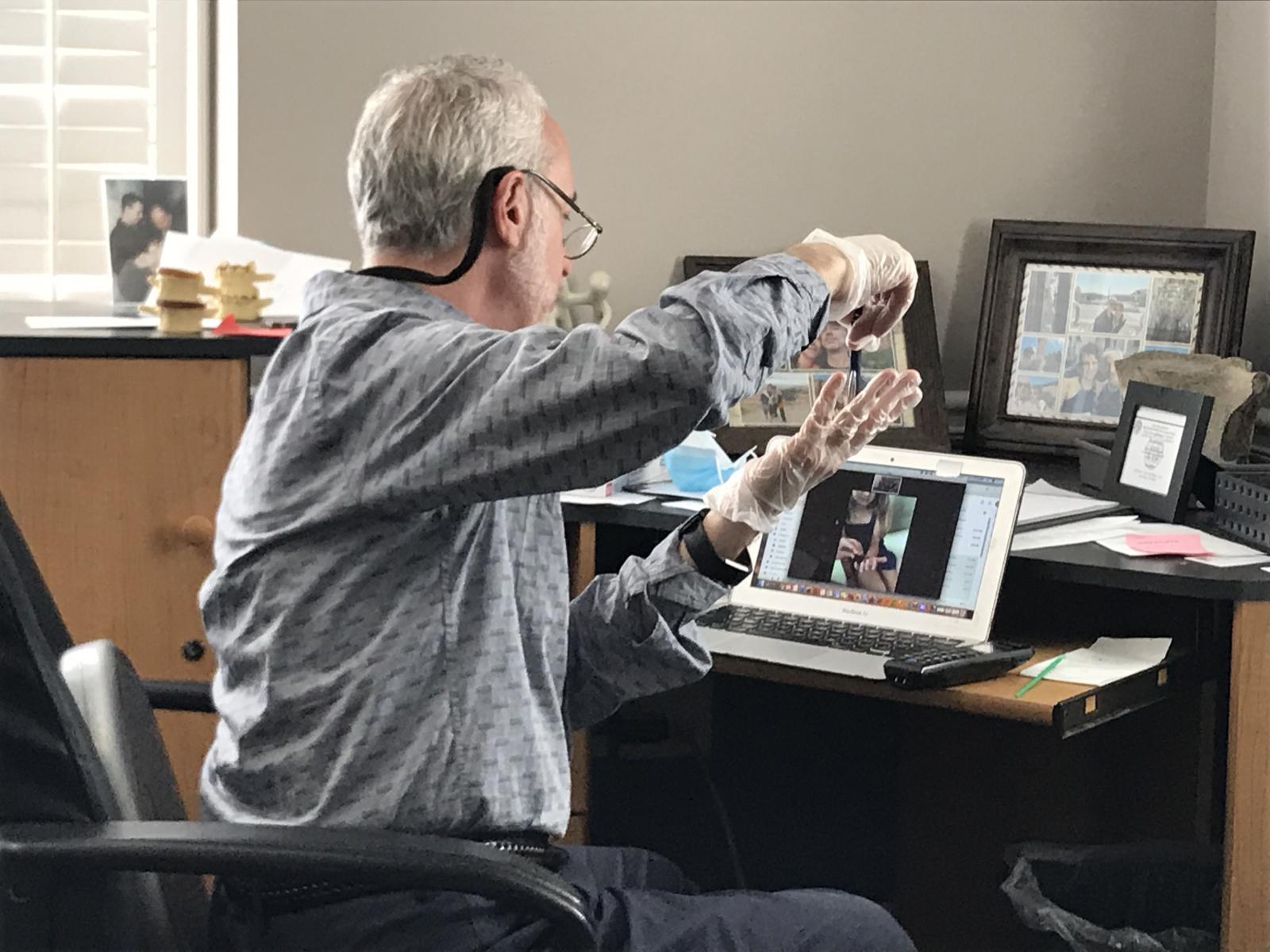Breastfeeding twins? Yes you can!!!
I had a healthy twin pregnancy. The babies were born at 35 weeks, both boys. It was my goal to exclusively breastfeed. Both boys had a NICU stay. I pumped every three hours at the hospital, and they were fed a combination of Neosure (formula for preemies) and breastmilk. At the hospital, I attempted to latch the babies and do skin to skin, but they were too small and just kept falling asleep at the breast.
When we got home, my first goal was to boost my milk supply while pumping. Now, looking back, I see a huge difference between pumping and nursing in terms of supply. Supply was always an uphill battle while exclusively pumping. At first, I fed the babies all breastmilk during the day and half breastmilk/half formula at night. I did a lot of research and the following is my advice on how to boost supply in order to transition to all breastmilk and where to go from there.
1. Keep attempting nursing at the beginning of as many feedings as you can. Yes, it’s very hard to find time, especially with twins. Do your best! At the very least, attempt it once a day with each baby. Nursing will stimulate the breast to help your supply and give the babies an opportunity to practice. After the nursing attempt, give the babies a bottle.
2. LacTeck flanges for my Spectra pump were a game changer. Using coconut oil with them also helped me with nipple irritation.
3. Hand express after each pumping session
4. Power pump (pump 20 minutes, rest for 10 minutes, pump for 10 more minutes)
5. Massage the breasts during pumping, I used LaVie lactation massager
6. Use a heat pack before and during pumping
7. Have oatmeal for breakfast every day
8. Legendairy Milk supplements are amazing!
9. Moringa supplements
10. Shatavari supplements
11. Barley water, at least 2 cups a day- this has gluten in it, just in case!
12. Stay hydrated
13. Body Armor sports drinks- like a healthier version of Gatorade
14. Sleep as much as possible
Once my supply was up, I simply cut the formula out and used all breastmilk. My next goal was to transition the babies from bottles to breast. I worked with an amazing lactation consultant. We did a few weighted feeds to make sure the babies are getting enough during the feed. I supplemented with a bottle until they did.
One of my boys latched better than the other. For a while, I nursed one and bottle fed one. That’s ok too! I used “flipple” or exaggerated latch technique to help the babies have better latches. Once they figure it out, nurse away! Make sure the babies are getting enough wet and dirty diapers and look for hunger cues. Trust your instincts! You know your body and your babies best. Once you nurse exclusively or almost exclusively, you won’t have to worry about your supply as much as if you exclusively pump.
Note: Information in this blogpost is provided for informational purposes only and is not intended as a substitute for the direct advice provided by your chiropractor or other healthcare professionals. Please consult your own healthcare team before using any of the supplements, drinks, devices, etc, suggested herein.


.jpg)
